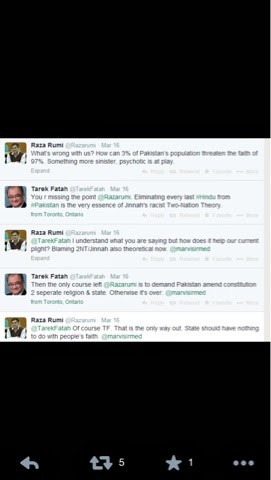Plus the
important (and novel) assertion that Maurya, Gupta and Han empires were equal to (if not better) than the Roman Empire. Since these are “western scholars” we must take their erudition for granted and their claims as sacrosanct.
But what if the underlying conclusions are actually true? Are we all set-up for a mass collapse? When is this due? The wise people need to be brave and tell us clearly what they know (and dont know). Otherwise its all (cheap) talk and (free) publicity for fairy tale spinners (like Jared Diamond).
…
A new study sponsored by Nasa’s Goddard Space Flight Center has
highlighted the prospect that global industrial civilisation could
collapse in coming decades due to unsustainable resource exploitation
and increasingly unequal wealth distribution.
Noting that
warnings of ‘collapse’ are often seen to be fringe or controversial, the
study attempts to make sense of compelling historical data showing that
“the process of rise-and-collapse is actually a recurrent cycle found
throughout history.” Cases of severe civilisational disruption due to
“precipitous collapse – often lasting centuries – have been quite
common.”
The research project is based on a new cross-disciplinary
‘Human And Nature DYnamical’ (HANDY) model, led by applied
mathematician Safa Motesharrei of the US National Science
Foundation-supported National Socio-Environmental Synthesis Center,
in association with a team of natural and social scientists. The study
based on the HANDY model has been accepted for publication in the
peer-reviewed Elsevier journal, Ecological Economics.
It finds
that according to the historical record even advanced, complex
civilisations are susceptible to collapse, raising questions about the
sustainability of modern civilisation:
“The fall of
the Roman Empire, and the equally (if not more) advanced Han, Mauryan,
and Gupta Empires, as well as so many advanced Mesopotamian Empires, are
all testimony to the fact that advanced, sophisticated, complex, and
creative civilizations can be both fragile and impermanent.”
By
investigating the human-nature dynamics of these past cases of
collapse, the project identifies the most salient interrelated factors
which explain civilisational decline, and which may help determine the
risk of collapse today: namely, Population, Climate, Water, Agriculture,
and Energy.
These
factors can lead to collapse when they converge to generate two crucial
social features: “the stretching of resources due to the strain placed
on the ecological carrying capacity”; and “the economic stratification
of society into Elites [rich] and Masses (or “Commoners”) [poor]” These
social phenomena have played “a central role in the character or in the
process of the collapse,” in all such cases over “the last five thousand
years.”
Currently, high levels of economic stratification are
linked directly to over-consumption of resources, with “Elites” based
largely in industrialised countries responsible for both:
“…
accumulated surplus is not evenly distributed throughout society, but
rather has been controlled by an elite. The mass of the population,
while producing the wealth, is only allocated a small portion of it by
elites, usually at or just above subsistence levels.”
The study challenges those who argue that technology will resolve these challenges by increasing efficiency:
“Technological
change can raise the efficiency of resource use, but it also tends to
raise both per capita resource consumption and the scale of resource
extraction, so that, absent policy effects, the increases in consumption
often compensate for the increased efficiency of resource use.”
Productivity
increases in agriculture and industry over the last two centuries has
come from “increased (rather than decreased) resource throughput,”
despite dramatic efficiency gains over the same period.
Modelling
a range of different scenarios, Motesharri and his colleagues conclude
that under conditions “closely reflecting the reality of the world
today… we find that collapse is difficult to avoid.” In the first of
these scenarios, civilisation:
“…. appears to be on
a sustainable path for quite a long time, but even using an optimal
depletion rate and starting with a very small number of Elites, the
Elites eventually consume too much, resulting in a famine among
Commoners that eventually causes the collapse of society. It is
important to note that this Type-L collapse is due to an
inequality-induced famine that causes a loss of workers, rather than a
collapse of Nature.”
Another scenario focuses on the
role of continued resource exploitation, finding that “with a larger
depletion rate, the decline of the Commoners occurs faster, while the
Elites are still thriving, but eventually the Commoners collapse
completely, followed by the Elites.”
In both scenarios, Elite
wealth monopolies mean that they are buffered from the most “detrimental
effects of the environmental collapse until much later than the
Commoners”, allowing them to “continue ‘business as usual’ despite the
impending catastrophe.” The same mechanism, they argue, could explain
how “historical collapses were allowed to occur by elites who appear to
be oblivious to the catastrophic trajectory (most clearly apparent in
the Roman and Mayan cases).”
The two key solutions are to reduce economic
inequality so as to ensure fairer distribution of resources, and to
dramatically reduce resource consumption by relying on less intensive
renewable resources and reducing population growth:
regards




